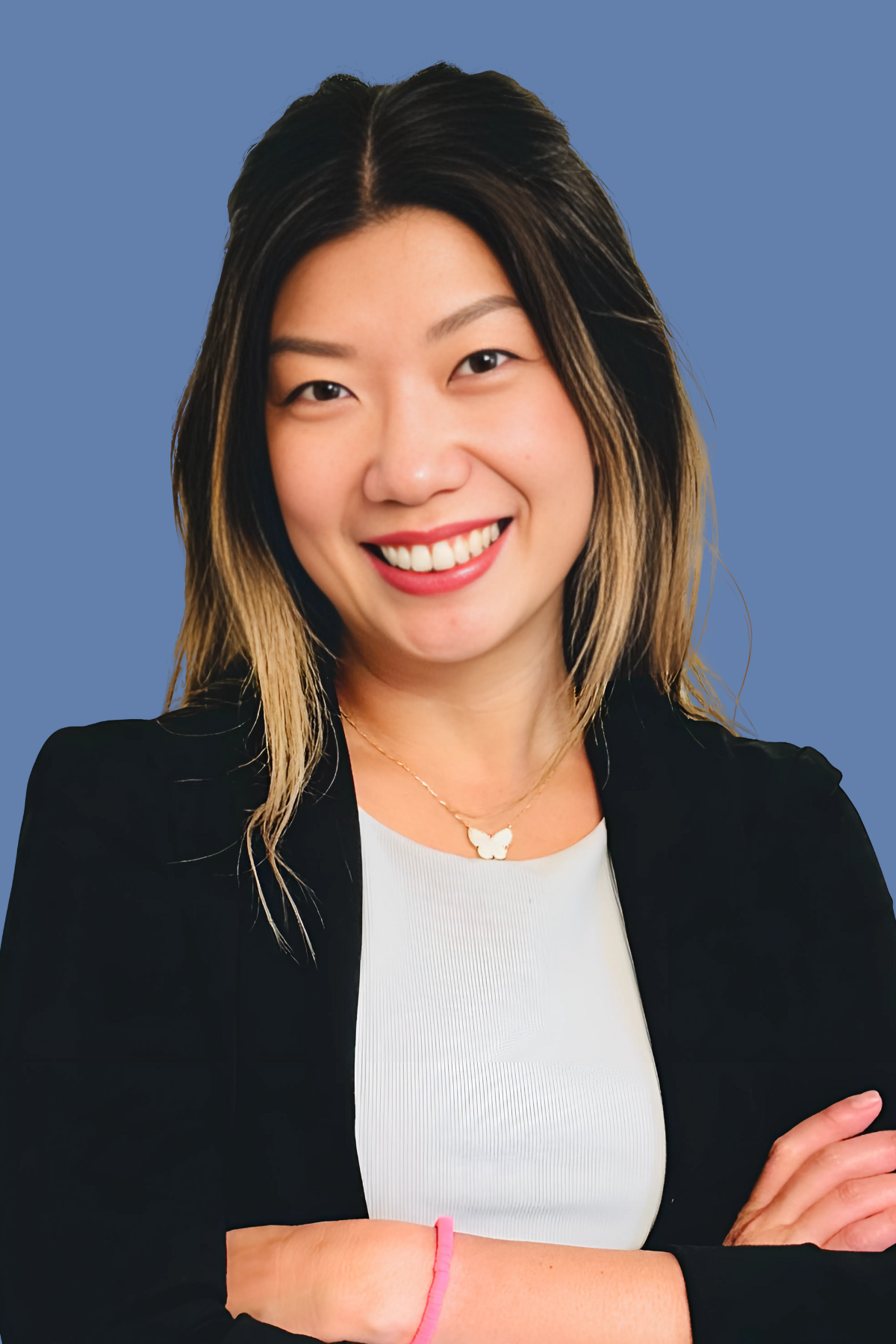HIGH-LEVERAGE PRACTICES IN Self-contained EBD and Alternative Education CLASSROOMS
What Matters Most:
Goal Setting with Purpose
Episode Description
Key Points and Takeaways

Mary Mangione, MA
Project Onward
Join the next cohort to develop your self-contained EBD or alternative education program from design through implementation!
Teaching students with learning differences is a dynamic and thoughtful process that demands a blend of content expertise, pedagogical strategies, and keen insight into individual student needs. Effective special education teachers navigate this process by using their deep understanding of general and contextually relevant curricula, coupled with data-informed practices and individualized education program (IEP) goals. This approach helps them set meaningful long- and short-term learning objectives, ensuring that instruction is both targeted and effective.
At the heart of this approach is well-designed instruction. Teachers create learning experiences that maximize academic engagement and actively involve students in meaningful activities. This involves not only following standards and learning progressions but also making informed decisions about the intensity and focus of instruction. By integrating evidence-based practices with their professional judgment, teachers craft lessons that are both proactive and positive, aimed at fostering robust academic growth.
Special education teachers also consider a range of factors when setting learning goals. They align their goals with the IEP requirements and broader educational policies, such as those outlined in the IDEA and the Every Student Succeeds Act (ESSA). These laws ensure that students with learning differences are included in the general education curriculum and held to the same standards as their peers, with appropriate accommodations as needed.
Additionally, the implementation of standards like the Common Core State Standards (CCSS) further guides instructional practices. These standards are adapted to meet the needs of students with learning differences, and districts often provide pacing guides to structure the curriculum effectively. Despite the focus on grade-level standards, there is also significant emphasis on foundational skills, which are crucial for students' overall success.
In essence, the role of special education teachers is to blend these various elements—curriculum standards, legal requirements, and individualized needs—to design instruction that not only addresses students' specific challenges but also ensures they have the opportunity to meet the rigorous academic standards set for all students.
When it comes to developing and implementing effective instruction and intervention, educators must start by identifying and prioritizing well-defined long- and short-term learning goals. These goals should align with grade-level standards, the needs outlined in each student's IEP, and reflect their current performance levels. Effective educators, when implementing HLP 11, utilize their understanding of essential curriculum components to pinpoint foundational prerequisites and assess student performance to ensure these goals are both ambitious and achievable.
HLP 11 is not just about academic goals; it also applies to setting behavioral objectives. By focusing on what’s most crucial for students to learn and how they can access and benefit from the general education curriculum, educators intersect with several other High-Leverage Practices. This includes using assessment data to make instructional adjustments (HLP 6), systematically designing instruction towards specific goals (HLP 12), and providing intensive instruction (HLP 20). Additionally, goal-setting is most effective when done collaboratively. The team involved can range from a varied group including families for IEP goals, as specified by IDEA, to just the teacher and student for short-term goals. Engaging students in setting and owning their own goals often boosts their motivation and engagement, aligning with HLP 18.
Teachers who effectively identify and prioritize long- and short-term learning goals begin by linking these goals to the essential knowledge and skills outlined in standards and curricula. They use a combination of formative and summative assessments to track student progress, ensuring that goals are ambitious yet attainable and meaningful for students with learning differences in supportive classrooms.
These teachers thoughtfully consider each student's unique strengths and needs, setting goals that challenge them appropriately while remaining achievable. Collaboration with families is key, as it helps educators understand the instructional priorities valued at home. Teachers are well-versed in grade-level standards, focusing on key concepts or "big ideas" and teaching these foundational elements first. They consistently connect content back to these big ideas throughout the year for continuity and depth.
Moreover, effective teachers break down standards into teachable components, identifying the prerequisite and component skills students need to master. This detailed approach ensures that instruction is targeted and effective, laying a strong foundation for meaningful learning and success.
To support teachers effectively, school leaders should focus on several key areas. First, it’s crucial to offer instruction, professional development, or coaching that equips educators with the skills to craft high-quality, specific long- and short-term learning goals. This guidance should help teachers ensure their goals meet relevant benchmarks and align closely with standards and individual education plan (IEP) requirements.
School leaders should also evaluate these goals to make sure they are not only ambitious but also practical and well-connected to the necessary benchmarks. Providing constructive feedback is essential; leaders should review the quality, specificity, and accountability of goals, offering support for any needed revisions.
Additionally, it’s important to make sure that teachers have robust plans for assessing how well students are meeting their goals. School leaders should offer support with data collection and management to help teachers track progress effectively and adjust their strategies as needed.
Prioritized short- and long-term learning goals are the driving force behind effective instruction, yet these goals are influenced by grade-level standards and mandates that ensure students' access to the general education curriculum. Not all standards carry the same weight; similarly, not every conceptual understanding or skill holds equal importance. For some students, out-of-level instruction may be necessary to address their unique needs. Effective teachers must focus on critical content by aligning students' goals with their current performance levels, strengths, and needs, ensuring that the instruction remains relevant and impactful.
